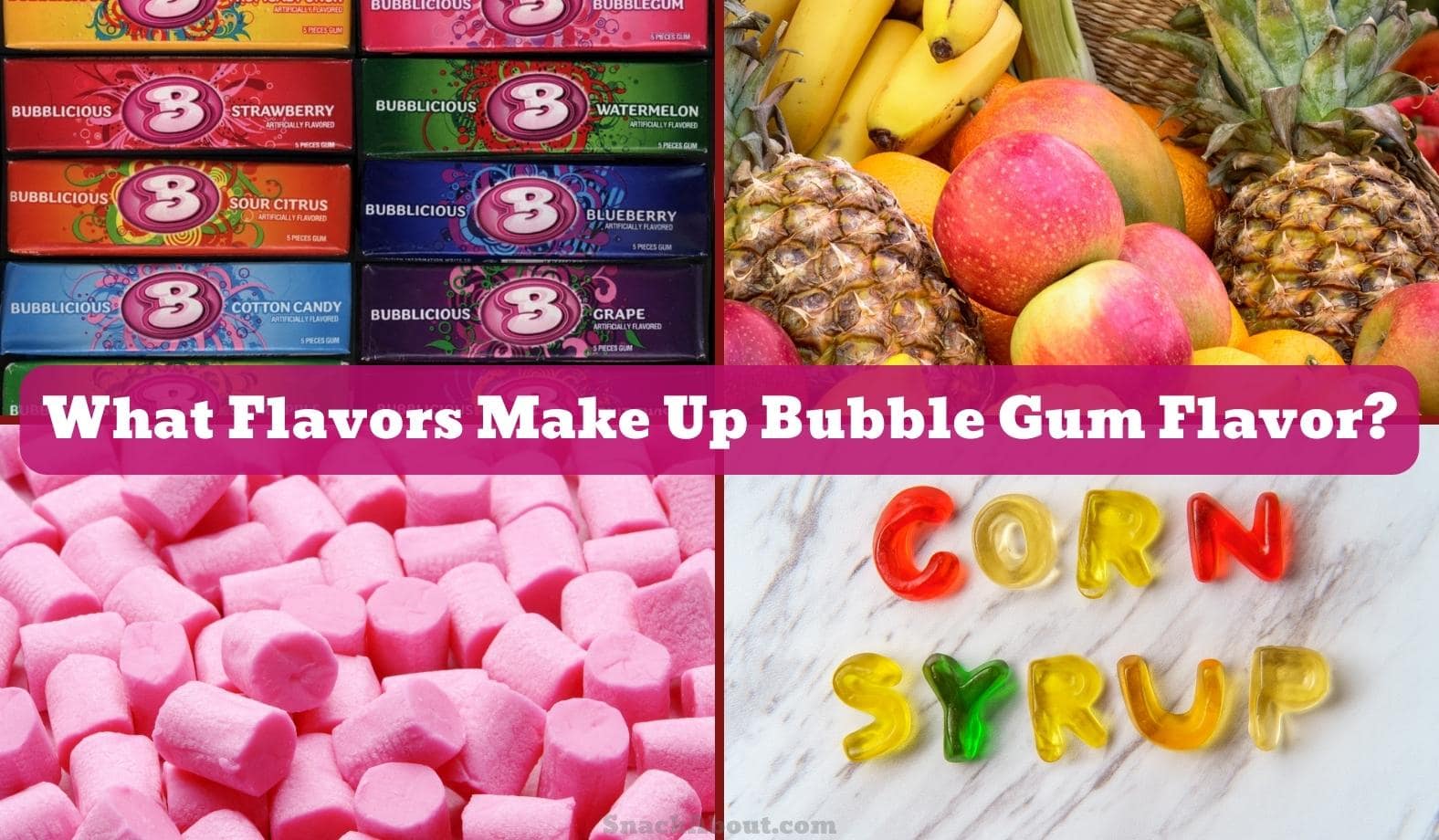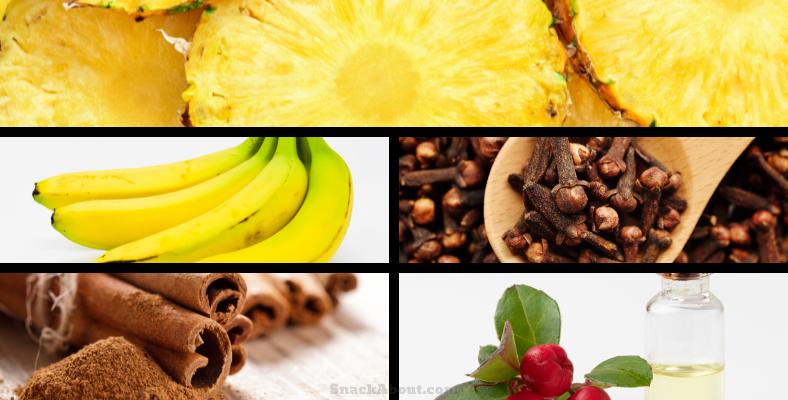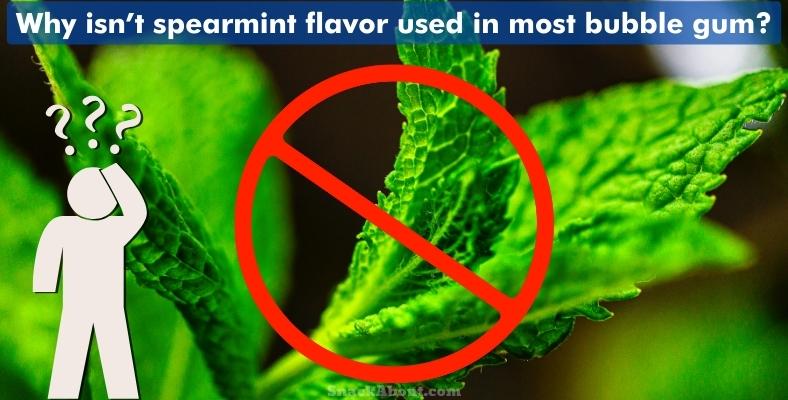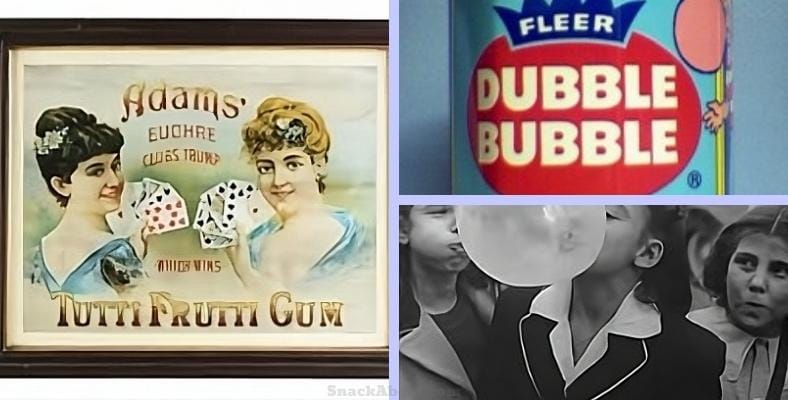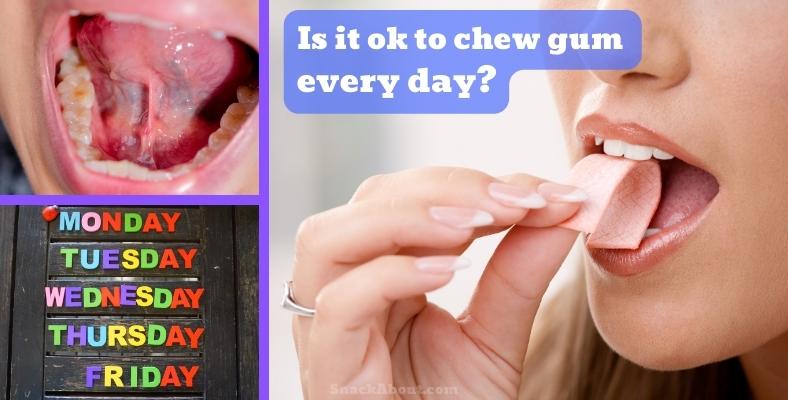Contents
What Flavors Make Bubble Gum Flavor?
Did you know? Bubble gum doesn’t have real fruit flavors nor does it represent any flavor in particular. Instead, it’s made up of a mixture of artificial flavors, called esters, that make it smell and taste like fruit when a person chews it.
Bubble gum flavor varies between gum manufacturers but most strongly features fruits like strawberry and banana, and these flavors together create bubble gum’s iconic, sugary taste. Bubble gum flavor is essentially a mixture of fruit flavors which originally started as “tutti frutti” flavor when Dubble Bubble gum was first created back in the 1920s.
It proved to be a popular (and delicious!) flavor combination that’s been around ever since.
It’s all about the right flavor choices
Finding the right combination of flavors can not only give the bubble gum flavor but works well for regular chewing gum as well. Many companies use the familiar taste combination in products like bubble gum ice cream, toothpaste, candy, and more.
If companies want to label their gum as a different flavor than general bubble gum, they’ll usually add more of that ester so it takes on that taste. For example, a banana-flavored gum will have more banana esters and flavors that complement it.
They also typically add or use a different food coloring to match the color of the fruit the flavor is being sold under.
Why Don’t They Usually Use Spearmint Flavor in Bubble Gum?
Although many chewing gums are spearmint flavored, bubble gum generally is not mint because bubble gum manufacturers tend to prefer a sugary and fruit-centered flavor.
While spearmint or other mint chewing gum flavors are quite popular, that’s more for the general population – kids and young adults often prefer their bubble gum to taste like, well…bubble gum. As opposed to say what you’d expect standard chewing gum to taste like.
Spearmint flavor is also less of a “neutral” flavor than the standard fruity gum flavor as if you don’t like mint you often don’t like it at all. On the other hand, many people don’t mind the softer, more fruity flavor of bubble gum as it’s not as strong as some mint flavors out there.
What Was the Original Flavor of Bubble Gum?
Bubble gum has always been vaguely fruit flavored. It is inspired by one of the original flavors of chewing gum, originating from the 1880s, called tutti frutti.
Tutti frutti is derived from the Italian language and translates to all the fruit. This means the flavor is various fruit flavors combined. When Dubble Bubble gum was created back long ago, both tutti frutti and licorice were the first two flavors available.
Tutti frutti (now known as “bubble gum flavor” commonly) was found to be much more appealing and the rest is history!
What Is Bubble Gum Made Of?
Bubble gum has three main components:
- A gum base
- Flavoring
- Coloring.
- Softeners (to help make it easier to chew and blow bubbles with)
Some manufacturers create the gum base out of a natural rubber called chicle. These days, however, it’s more often made from synthetic materials.
As mentioned earlier, artificial flavors called esters usually determine and make up what flavors make bubble gum. The iconic pink color of bubble gum comes from red food dye, and when gum makers add it to the gum base, the natural greyish color dilutes and turns pink.
How Long Does Bubble Gum Flavor Usually Last?
The amount of time that bubble gum flavor lasts depends on the brand. Some brands have set out to develop longer-lasting flavors.
However, even with these innovations, bubble gum flavoring usually only lasts a few minutes of chewing: about 15 minutes or so depending on the particular gum.
Is It Okay to Chew Gum Every Day?
Chewing sugary gum every day, like a bubblegum ball, is not always a good idea. Chewing a sugary treat for too long can cause cavities and damage teeth.
However, an occasional gumball is okay. It’s usually a good idea to brush one’s teeth after chewing to remove all sugar.
Many companies make sugar-free gum that doesn’t cause tooth decay when people chew it. Unless you’ve got health issues that frequent gum chewing would worsen, sugar-free gum is generally okay to chew every day.
A dentist is a great resource for more information if you’re unsure about the individual risks of chewing gum daily.

